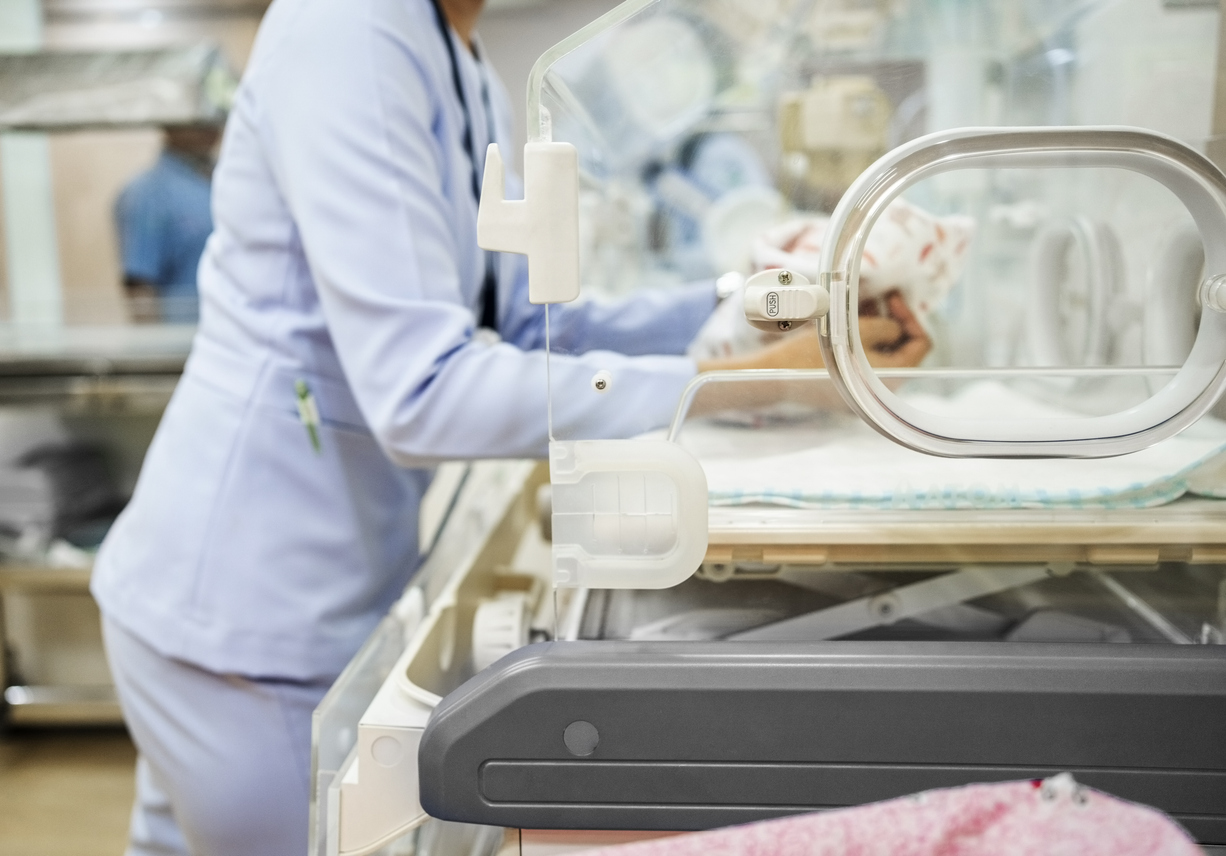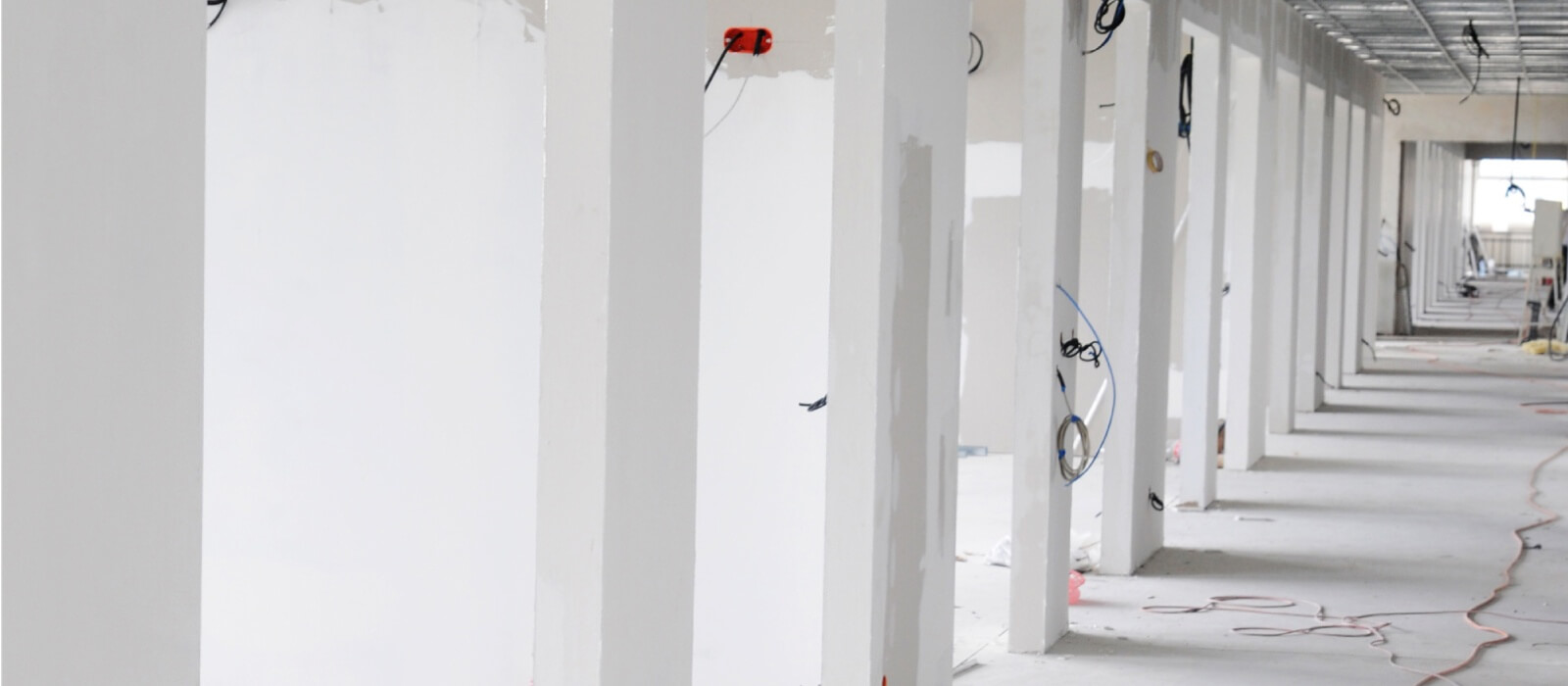Getting Ready for USP 800: What Your Hospital Pharmacy Needs to Know

While regulations for sterile compounding have been around for decades, many hospital pharmacies around the country have been racing to meet compliance with the new USP 800. Unlike the current standards set by USP 797, which are generally designed to protect the product, USP 800 aims to regulate employee protection. It provides requirements for healthcare workers who handle hazardous drugs including requirements for receiving, unpacking and storage of hazardous drugs.
USP 800 was initially proposed in 2015 and was to go into effect on December 1, 2019. However, in the fall of 2019, USP delayed Chapters 795 and 797 due to appeals. Consequently, USP 800 will not be enforceable until the USP 795 and 797 revisions become finalized and released. During this time organizations, are encouraged to evaluate what hazardous medications they utilize and conduct an assessment of risk to determine what components of USP 800 are appropriate to implement.
The reality is that ultimately hospitals will have to comply with USP 800. Many hospital pharmacies have discovered that the changes their facilities need in order to be compliant are extensive and expensive. USP 800 sets strict requirements for infrastructure, which includes the design of your facility, as well as mechanical controls. Some facilities may only need some new equipment, new primary engineering controls or upgrades to architectural features. Other facilities have found themselves tasked with a multimillion-dollar renovation to their cleanrooms.
However, don’t panic. Depending on your facility’s needs and plans for the future, there may be other options to achieve USP 800 compliance without costing your operation millions of dollars. Here are a few alternative solutions that might apply to your facility.
Becoming USP 800 Compliant Without Expensive Renovations
Use an alternative design
This option will depend heavily on the needs of your facility. For instance, do you require extended dating? If all your sterile hazardous medications are short-term dated—meaning they are patient-specific and administered directly to patients in the short-term—your facility may be able to use an alternative design and still be compliant. This can eliminate the need to build an ISO-classified cleanroom and anteroom and avoid reconfiguration of or additional mechanical systems. However, while this alternative design may be more cost effective, eligibility must be assessed on a case-by-case basis.
Purchase or Outsource HD Compounding
If making your facility compliant for compounding isn’t feasible, you can look into options for outsourcing. You may be able to purchase compounded sterile products rather than prepare them in your own facility. If buying the products isn’t an option, you may consider outsourcing sterile compounding operations. For instance, if there is another facility within your same healthcare license that is already compliant, you could explore the possibility of compounding there instead. Just make sure you first look into state requirements for outsourcing and transporting compounded sterile products between facilities, so you are aware of any restrictions.
Relocate
The infrastructure requirements of USP 800 make the location of your pharmacy more important than ever. USP 800 requires additional real estate, including the addition of a dedicated receiving area and separate storage for sterile hazardous drugs. Some states also require a separate area for compounding nonsterile hazardous drugs. Many current hospital pharmacies are limited in space and infrastructure, and renovating to comply with USP 800 may be costly or unfeasible. Complying with the necessary ventilation requirements alone can cost millions. For this reason, some hospital pharmacies are considering relocation or building a new space as it may be a more cost-effective solution.
The Next Steps
With these options in mind, how can you find the best solution for your facility? Since you may need to undergo a construction project in order to achieve compliance, there’s no time to waste. Here are five actionable steps you can get started on right away:
- Consider a feasibility study. Investing in a feasibility study, to know what changes need to be made and how costly they may be, can actually save your hospital money in the long run. With the results of your study in hand before any major decisions are made, you can ensure that compliance is achieved in the best, most cost-effective manner.
- Gather your team. It is critical you bring together the decision makers and key people who will be informing this process. Engage a qualified consultant to determine the best approach for compliance. This consultant can work with your engineering and construction teams, as well as your capital planning team, pharmacy team and any other stakeholders, to conduct a feasibility study and put together a compliance strategy.
- Ask questions. As you work with your team to plan for compliance, you need to ensure you’re asking all the right questions and considering the process from multiple angles. For instance, where do you expect your operations to be in the next five years? What about 10 years? Does your hospital have plans for future practices that would have patients with sterile compounding needs?
- Consider all regulations. It is imperative to ensure that pharmacy renovations consider additional regulations applicable to healthcare pharmacies, and not only USP 800. Is your pharmacy subject to USP 795 or additional state regulations? Is the current pharmacy compliant with these other regulations, such as USP 795, USP 797, and state regulations?
- Stay vigilant. USP 800 is happening and it’s happening soon. Facilities that don’t take immediate steps to become compliant could face serious fines, a license suspension or even a suspension in operations. Plus, it’s important to remember that these regulations are put in place for the sake of safety, so prioritizing compliance means prioritizing your patients’ and employees’ safety.
While the changes required by USP 800 may initially seem overwhelming, there are a few alternative solutions that may be a good fit for your facility. To avoid making a decision that is too expensive or temporary, first you need to ensure you have a full understanding of the requirements and have considered the unique needs of your facility. Seek out the expertise of a qualified healthcare compliance consultant to determine the best way to meet regulations and possibly save millions of dollars.
If you need expert guidance with determining the best method for ensuring USP 800 compliance at your hospital, contact us today.
Subscribe
to our blog
"*" indicates required fields




